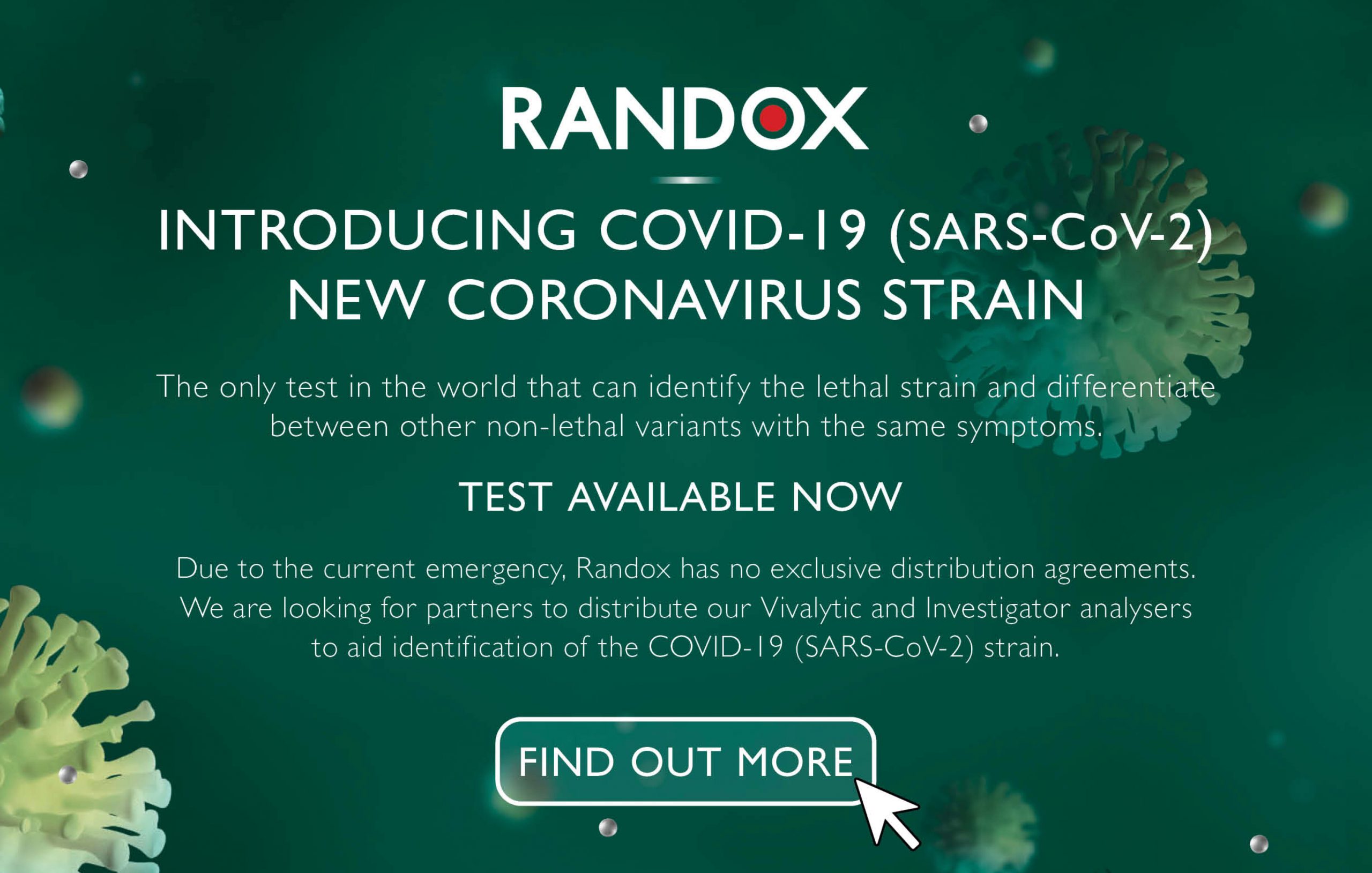The Importance of Equine Health
The Importance of Equine Health
With the Grand National around the corner, Randox Reagents have investigated the importance of equine health, focusing on racehorses.
Maintaining good health in racehorses is vital as proper management can reduce the incidence of many disease conditions. Racehorses are bred, raised, and trained to perform as athletes. Therefore, it is vital that the performance health of racehorses is continually assessed to ensure that they are physically fit, happy and healthy.
Racehorse’s have a busy life. They are broken in from 18 months of age, usually using traditional methods such as long reining, followed by accepting a rider and training alongside other horses. At 2 years of age, the real training begins which focuses on fitness and speed rather than ‘schooling’ the horse in the conventional way. This training is undertaken alongside another horse to teach the trainee horse how to race but at the same time, it is taught to settle and listen to the jockey.
In peak season, the horse’s weekly exercise regime consists of: two days of fast gallop work with steady trotting or cantering the rest of the week, with a rest day on Sunday’s (depending on races scheduled for the horse).
The most important bodily systems for top athletic performance in racehorses include:
Skeletal system (including bone, tendons and ligaments) problems such as torn or stretched ligaments or tendons or a broken bone will be very painful, inducing lameness and prohibiting performance
Muscles enable the horse to perform. Fatigued or damaged muscles will result in poor performance as the horse cannot generate enough energy and strength to maintain its high performance
Respiratory system (nasal passages, throat and lungs) problems prohibits the normal flow of oxygen through the body, which prohibits the energy required for exercise
Cardiovascular system (heart, blood vessels, volume of blood and red blood cells) problems prohibits the movement of oxygen from the lungs to the muscles, again prohibiting the generation of energy required for exercise.
Central nervous system (CNS) problems can result in the loss of coordination and the fine control that accompanies minor problems to the CNS can significantly prohibit exercise performance
Due to the intense training that racehorses undergo, it is vitally important that their health is continually assessed to diagnose and treat injuries and the jockey allows the horse time to recover from the injury. The most common sites of injury include: forelegs, back and pelvis such as bowed tendon (tendonitis), strained suspensory ligaments, splints, osselets, sesamoid fractures, condylar fractures, knee fractures, bone chips, bucked skins and pin firing. It is vitally important that racehorses are allowed time to rest and heal after an injury. Training or racing a horse whilst injured can be detrimental.
Randox Equine Panel
Randox offer 10 scientifically proven assays for equine health which are made from the same high-quality material as our human assays, providing accurate and precise results. These assays have extensive measuring ranges for the accurate detection of disease or inflammation which are suitable for use with serum, plasma and whole blood. Instrument specific applications (ISA’s) are available for an extensive range of biochemistry analysers suitable for use with manual, semi-automated and fully automated analysers.
The Randox range of assays, suitable for equine use, cover a range of biomarkers:
Adiponectin is used to assess equine metabolic syndrome (EMS) which is characterised by obesity, regional adiposity, insulin resistance, and susceptibility to laminitis. Laminitis is one of the most common causes of lameness in horses. It is a painful and potentially crippling condition, which in severe cases usually results in the horse being humanely euthanised.
Aspartate Aminotransferase (AST) levels directly correlate with the severity of muscle inflammation or damage, or liver damage. The highest levels of AST will be seen around 24hours after muscle injury and persist for 2-3 weeks.
CK-NAC is a sensitive marker for the detection of musculoskeletal diseases; and is useful to assess the extent of severe muscle trauma, crush injuries, and burns and the likelihood of developing rhabdomyolysis.


